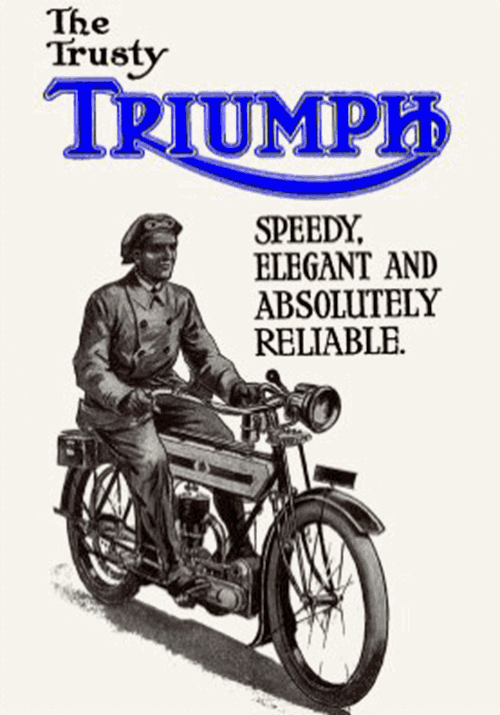The 1972 Grand Prix season kicks off with the West German GP at Nürburgring Circuit in Nürburg, Rhineland-Palatinate, Germany.
Defending FIM 50cc World Champion Jan De Vries rides his Kreidler to victory on the last day of April. The Dutchman would battle Spain's Angel Nieto all season long in what turns out to be one of the most exciting GP Classes of 1972. What a finish it would be as the two riders end with 3 checkered flags and 69 points apiece. The championship would be decided on aggregate times, with the winner given the title by mere seconds. On September 23, 1972 the 50cc World Champion is crowned...
Today in motorcycle history proudly supports the National Association for Bikers with a Disability (NABD). www.nabd.org.uk






